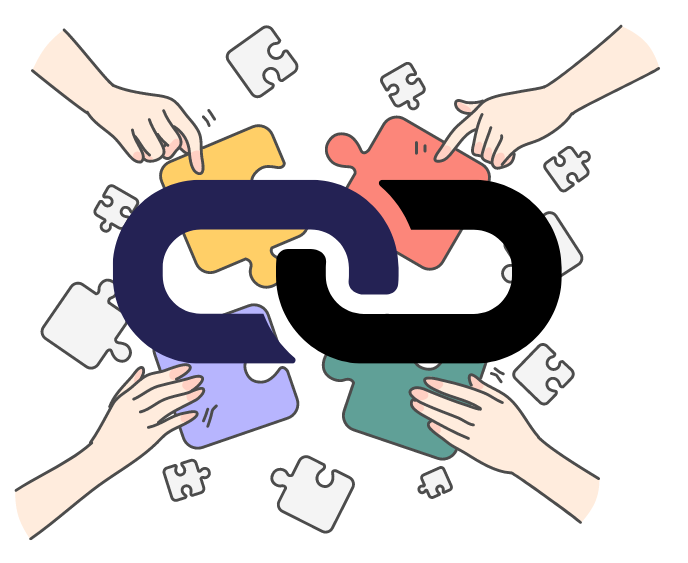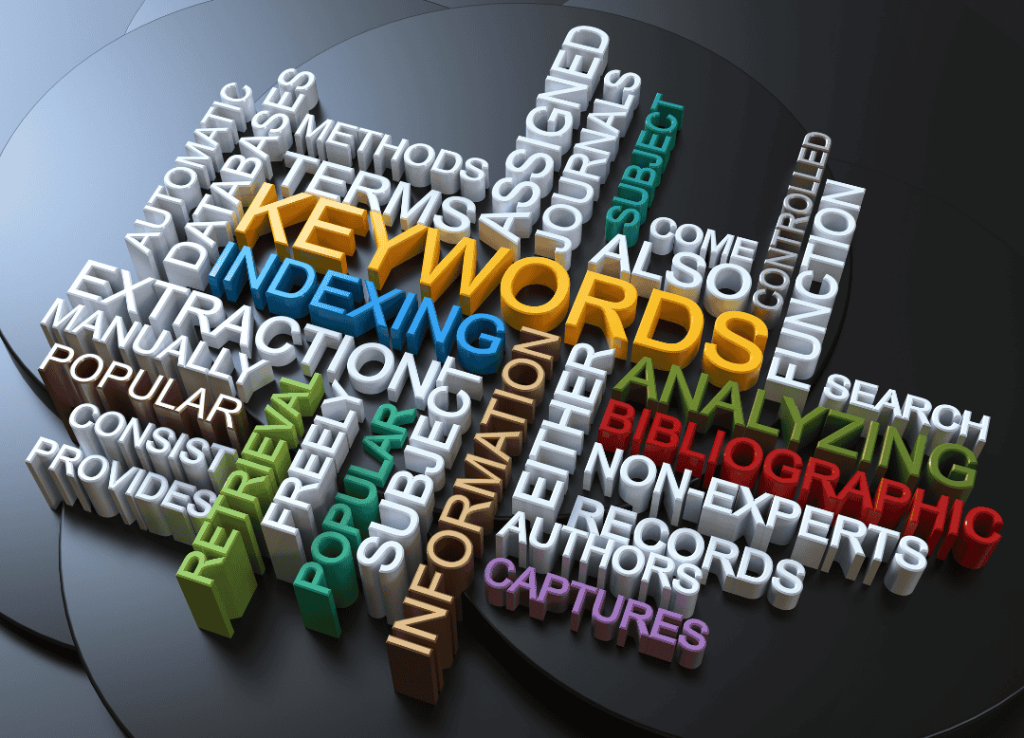Hi my lovely readers! Welcome back to my blog. Today I’m going to talk about how web design and digital marketing work together to boost online success. Here, you’re about to discover 5 must-know reasons why web design is crucial for digital marketing. But before heading towards it, let me clarify-learning web design is a different field, there’s no need to dive deep. Just having basic knowledge of web designing, like understanding basic HTML, will play a crucial role in digital marketing.
To recap, on my previous post I’ve talked about why learning basic HTML for digital marketing proves beneficial to you as a digital marketer. The title of the blog is HTML for Digital Marketing: 5 Kickass Reason Why They Matter. (give it a read, if you still haven’t). Now without further ado, let’s explore how web design and digital marketing works together.
Introduction
As already aware we’re living in a fast-paced digital world, where a new trend becomes a past in just few minutes. In this fast-paced digital world, it is obvious that having a strong online presence is no longer an option- it has become essential. But ever wonder what makes a digital marketing strategy truly effective? I’m sure the answer to this would be obvious such as content writing, SEO or social media etc.
However, we often overlook one crucial element that also helps in effective digital marketing and that is: web design. A well-designed website isn’t just visually appealing; it’s a key factor that ensures that your digital marketing efforts has reached to their full potential. (a good sign in digital marketing)

Web design and digital marketing are naturally interlinked with each other. (I’ll tell to how, so keep reading) The design of your website can significantly impact user experience, search engine rankings, and even your brand’s credibility. Because of this, it proves to be a crucial skill if you have at least basic understanding of web design especially if you’re someone looking to succeed in digital marketing. So, to begin with let’s learn some basics about web design.
What is Web Design?

Web design is the process of creating the visual aspects and layout of a website. In simple term, the arrangement of all visual elements on a webpage to create an engaging and user-friendly experience is called web designing. For example, layout, navigation, text and images etc of a website. (I’m not diving deep into defining it, I think you’ve got the jist of what web designing is, am I right?)
Basic Elements of Web Design
Here are some foundational aspects of web design. Understanding the basic elements of web design is effective for creating an attractive and engaging website:
1. Layout and Structure
- The layout of a website refers to the arrangement of elements on a webpage i.e., how content is organized on each page. A well-structured layout guides users effortlessly through the site, and ensure they find the information they need without frustration.
- Common layout includes placement of headers, content section, images and navigation menus etc depending on your site.
2. Images and Graphics
- Visual elements like images, videos, icons and graphics are crucial for capturing attention and communicating ideas quickly.
- Using quality images that are relevant to your content can enhance your website’s appeal and make it more memorable to visitors.
3. Buttons and Links
- Buttons and links are key elements that shape the user experience on a website as their design, placement, and functionality can greatly impact how effectively users interact with your site, navigate through content and complete the desired actions.
- Design consistent style buttons that are easily recognizable, clickable and user-friendly. Also, ensure that the links to it are working properly.
- By focusing on this, you enhance usability of your website but also its potential for higher engagement and conversion.
4. Whitespace
- Whitespace (also known as negative space) is the empty space between elements. It helps create a clean and uncluttered design, improving readability and focus.
- Proper use of whitespace can enhance the overall user experience as it allows your content to breathe and makes it easier for users to navigate and understand the given information. (take example of this article, I’m using white space as much as possible to improve readability.)
- Using whitespace creates a more balanced and harmonious design.
5. Call-to-Action (CTA) Button
- Call-to-Action button as the name suggests, is the button used to encourage the users to take further action after visiting your site.
- These buttons guide users to take specific action, whether it’s signing up for newsletter, making a purchase, downloading a resource, or simply navigating to another page on you site.
- The CTA button should be visually appealing with concise but action-oriented text like subscribe, buy now, learn more etc and placed in a position where users most likely see them.
- Using CTA button properly can significantly impact your conversion rates and overall user engagement which enhances your website’s effectiveness.
By understanding basic elements of web design, you’re not only learning how to create a visually appealing website but also laying the foundation for a more effective digital marketing strategy.
Essential Factors for Effective Web Design
Let me give you some pointers (which are obvious but we often forget) to keep in mind for effective web design and digital marketing:

- Simplicity: As the word means, try to keep the web design clean and uncluttered. It helps users focus on the content and make navigation easier, An elaborative and cluttered design will make hard for the users to navigate which in result affect your site traffic.
- Consistency: Maintain a consistent layout and style throughout the website. Consistent design elements, such as colors, fonts, and button styles, create an professional look. Don’t use different styles on every page, it will confuse the users and may lose their interest.
- Navigation: Navigation bar is a set of buttons or images that serves as a control point to link the users to a different page. (you know home, about, contact menu you see on every website.) Ensure that the navigation is responsive and user-friendly while web designing. As a result, users should be able to find information quickly and easily. Likewise, use a logo for homepage in every page that directs users to site’s homepage directly.
- Typography: Choose appropriate fonts and font sizes, your text should be readable to users. Use a limited number of fonts to maintain a clean and professional appearance.
- Responsive Design: Design of your website should be responsive, meaning they adapt to a different screen sizes and devices. As your site will not only be searched on laptops but also mobile devices, it’s crucial to ensure that your site look good and functions well on all devices. (If you’re making website using platform like wordpress most of the themes will be responsive but you should still check how your site looks on different devices.)
- Color Scheme: Use a cohesive color scheme that reflects your brand identity, it sets a tone for your site. Use contrasting colors to highlight important elements and ensure readability. [For example: Avoid using dark color background with dark color text, it will become hard for users to read. Instead, if you are using dark background, use light color for your text while ensuring readability.]
*TIPS:
- Selecting color regarding anything can be overwhelming as there’s abundance of colors and here you can’t describe colors as purple, pink, or such. Here, colors are defined as HEX, RGB, or HSL codes are used.
- For this purpose, as we don’t know each color code, you can use the ColorPick Eyedropper extension tool, which enables to precisely identify and utilize colors from anywhere. You can see exact color code, whether in HEX, RGB, or HSL format.
The list of the pointers doesn’t just end with the above points, there are many other factors to remember and to take care of for effective web designing but with the above basics you’ll get the idea of how things should be.
Web Design and Digital Marketing Connection



Web design isn’t just about visual appeal; it also plays a crucial role in the success of your digital marketing efforts. Don’t worry- web design and digital marketing are two different fields (I’m not here to deep dive into web design, just basic knowledge about web design is enough as a digital marketer.) but a well-designed website can significantly improve user engagement, boost your SEO ranking and much more. So you can say that web design and digital marketing are somewhat connected. Here’s how web design and digital marketing are connected:
1. Improved User Engagement
- A visually appealing and user-friendly website keeps visitors on your site longer, reducing bounce rates. (which is a good sign for your website traffic)
- When users find the site easy to navigate and visually pleasing, they’re more likely to engage with your content, explore your products or services, and ultimately convert into customers. (one of the purpose of digital marketing, right?)
2. Boosts SEO
- Web design and digital marketing are also connected in boosting SEO. As search engines like Google favor websites that offer a good user experience. Elements like responsive design, fast load time, and proper HTML structure contribute to better SEO rankings.
- So if you’ve a well-optimized website, it can increase organic traffic and visibility in search engine results.
3. Enhanced Branding
- Another way that web design and digital marketing are connected is that it also helps in brand enhancement. Your website is often the first point of contact for potential customers, a coordinated design that reflects your brand’s values and identity can leave a lasting impression.
- This strengthens your brand image and build trust with your audience, making your digital marketing campaigns more effective.
4. Better Marketing Outcomes
- All the elements such as engagement, SEO, and branding-work together to support your digital marketing goals.
- A well-designed website acts as the foundation for all your online marketing , ensuring that your campaigns drive the desired result and that’s how web design and digital marketing works together and create better marketing outcomes.
Web Design and Digital Marketing: 5 Must-Know Reasons
Now that you know the connection between web design and digital marketing, let start with the reasons why understanding basics of web design is essential for anyone involved in digital marketing.Here are 5 compelling reasons why:

1. SEO-Friendly Design
- As discussed above, a well-designed website that follows SEO best practices will rank higher in search engine results. Because search engines prioritize websites that offer a good user experience, and web design plays a crucial role in this.
- Having basic understanding of web design like knowing how to structure your website, optimize images and use responsive design ensures that your site is search engine-friendly.
- This knowledge helps to make informed decisions regarding your web design and digital marketing strategy leading to more organic traffic and better visibility online.
2. Enhanced User Experience (UX)
- A well-designed website creates a seamless and enjoyable experience for visitors, which is crucial in digital marketing. Web design and digital marketing go hand-in-hand with effective user experience.
- Understanding web design helps you create effective navigation, fast loading times, and visually appealing layouts. These factors keep users engaged with your content, leading to higher conversion rates. (reduction in bounce rate and higher conversion rate on your website, a proof of effective digital marketing strategy.)
3. Increased Credibility and Trust
- When it comes to web design and digital marketing users conversion rates are key component. A professional looking website builds credibility. Visitors are more likely to trust a site that looks uncluttered, balanced and professional.
- This trust can lead to better conversion rates and customer loyalty-key components of any successful digital marketing strategy.
4. Effective Call-to-Actions (CTAs)
- The strategic placement of CTAs is an essential aspect of web design that directly impacts your digital marketing efforts.
- A well designed CTAs guide users towards taking specific actions, like making purchase, subscribe to newsletter etc, which are vital for driving conversions.
- With the conversions, web design and digital marketing go hand-in-hand. For example, if the call-to-action (CTA) button isn’t placed in the right place, users might ignore it, leading to lower conversion rates. This can impact your digital marketing strategy negatively.
5. Flexibility and Adaptability
- As said earlier, having a basic understanding of web design allows you to make quick changes or adjustments to your website when needed by yourself without waiting for help from someone.
- This flexibility ensures that your site evolves alongside your digital marketing strategies, keeping it relevant and effective in an ever-changing digital environment.
- In short, understanding web design and digital marketing gives you the flexibility to make adjustments to your website and adapt quickly to changing trends and strategies. Which means you’ll never left behind your competitors.
The reasons doesn’t limit to above points only, there are several other reasons to why learning web design is important for digital marketing and why web design and digital marketing complement each other so well.
However I think the above key points shows clearly why having at least a basic understanding of web design is essential for anyone looking to excel in digital marketing. (From this article I hope you got at least the gist that,) web design isn’t just about making a site look good- it’s about enhancing your digital marketing efforts and make them more effective overall.
My Experience with Learning Web Design and Digital marketing
In the beginning, I was also not aware that learning digital marketing would also involve learning basic web designing skills (just like with HTML) However, in the process, I discovered the reason of why understanding web design is essential for digital marketing. (and that’s what I’ve shared with you or at least tried to!)
Learning about both HTML and web designing was a little daunting for me at first. But you know the saying, if you keep going, you will find your way and that’s what happened to me too. The more I learned and practiced, the easier it became to understand and work with. (so my advice; don’t stop- keep learning, practicing and experimenting.) Ah, and I’ve practiced web designing on free version of WordPress. (I’ll review and talk about it on a different article so look forward to it. For now, I recommend you guys to use this platform and practice as much as you can.)
Whenever I find anything difficult to grasp, I often search related to it and learn from it. Now, as you know, this blog is a part of my learning process, so, of course, I’m applying all the things I’ve discussed about so far. In a way, you can say, I’m a living proof that while the process can be intimidating but it’s also an enjoyable process.
Conclusion
As already aware, digital marketing is a dynamic platform. In this dynamic environment, understanding both web design and digital marketing is essential for success. While digital marketing drives traffic and conversions, web design ensures that the users have a seamless and engaging experience once they arrive at your site.
As we’ve explored, both web design and digital marketing go hand-in-hand. By understanding and applying the basic principles and elements of web design, you can create not only visually appealing but also user-friendly, engaging and optimized for conversions site. (don’t forget you also have the option to hire someone else to create your website for you but even then if you know about some of the things already it will get easier to communicate with the person creating your site isn’t it.) If you invest some time in learning the fundamentals of web design, you equip yourself with the skill to create a more impactful digital marketing strategies and boost your overall online success.
To sum up, if you have understanding of both web design and digital marketing, it’ll ensure that you have the flexibility, knowledge, and adaptability to thrive in the ever-changing digital world. Whether you’re someone just starting out or looking to enhance your skill, understanding the connection between web design and digital marketing will surely set you apart in your digital marketing journey.
I hope this blog has provided you somewhat information on understanding the basics of web design and the connection between web design and digital marketing. Lastly, as always, thank you for reading! Feel free to comment your thoughts, and experiences below.
Stay tuned for my next post. Happy Learning!





